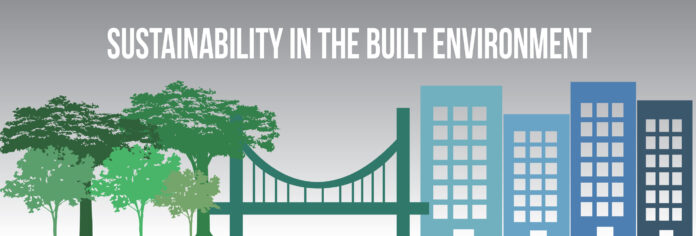 It’s now the middle of February and the city of Davis has had less than 10 days of rain this month. This fact is both troubling and sad. Our water supplies are running low. Most of the state – 82 percent to be exact – is considered to be in extreme drought. What does this mean for the state’s water future? How does California’s water drought affect the entire nation? And what does a drought mean with respect to our future as individuals? The general answer to solve the drought problem is implementation on all types of scales, from small-scale water use in houses all the way up to reducing agricultural and industrial waste.
It’s now the middle of February and the city of Davis has had less than 10 days of rain this month. This fact is both troubling and sad. Our water supplies are running low. Most of the state – 82 percent to be exact – is considered to be in extreme drought. What does this mean for the state’s water future? How does California’s water drought affect the entire nation? And what does a drought mean with respect to our future as individuals? The general answer to solve the drought problem is implementation on all types of scales, from small-scale water use in houses all the way up to reducing agricultural and industrial waste.
The California drought initially put a toll on state and local governments to allocate more time and money to water resource projects. However, these investments are lagging, and the money and time allocated by the respective governments aren’t enough to fight the increasing shortage of water. One main problem is the water infrastructure. Take for example, the Los Angeles Sunset Blvd rupture this past July. Over 29 million gallons of water were wasted due to outdated and non-maintained infrastructure.
When trying to solve the drought problem one might look at the past California drought crisis. The last big drought in California occurred from the late ’80s into the early ’90s (however, the current drought is much more severe). Southern California agencies paid over $10 billion to specifically combat the effects of the drought. Obviously, without that capital, the situation would have been much more troubling. Currently, California is combatting the drought problem by pumping more groundwater. Unfortunately, this is not a permanent situation — groundwater wells will dry up as surface water is less frequent. So this solution is not the best.
So how does the California drought affect the rest of the United States? The answer here is agriculture. About half of the United States’ fruits and vegetables come from California. In 2014, California lost over $1 billion in agricutlural revenue. Over 15,000 jobs were lost in the process. This affects both the national economy as well as the national food source.
The best way to combat the drought is to implement change across the entire spectrum of water use. Policy needs to be implemented on a national scale to limit large-scale and industrial use of water. Agricultural industries need laws which limit their water use without limiting production. Also, on a smaller scale, individual houses and commercial districts must be frugal about their water use. The best solution is the implementation of a widespread philosophy — one that grounds the importance of water use within all individuals. Once we realize how important our water is, only then we can start combatting the drought on a large scale.
BRENT LUND can be contacted at brlund@ucdavis.edu.
Graphic by CA Aggie Graphic Design Team
Photo by CA Aggie Photo Team




